Solar Power Surges to Top Spot in EU Electricity Generation, Renewables Hit 54%
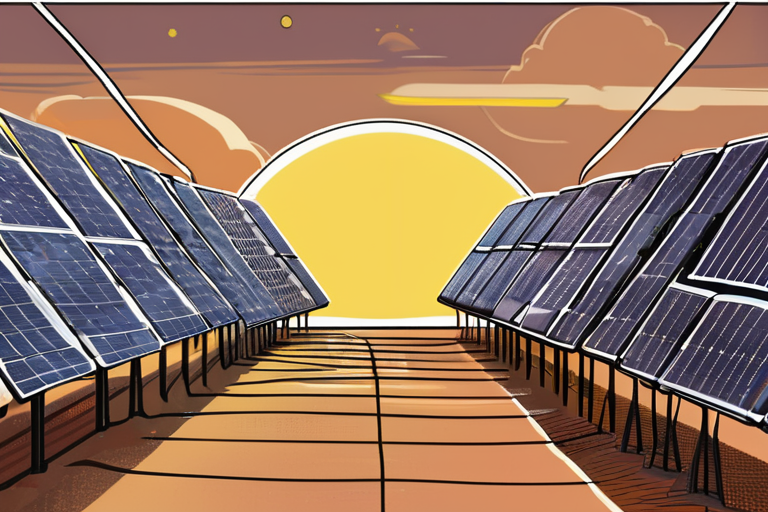

Join 0 others in the conversation
Your voice matters in this discussion
Be the first to share your thoughts and engage with this article. Your perspective matters!
Discover articles from our community
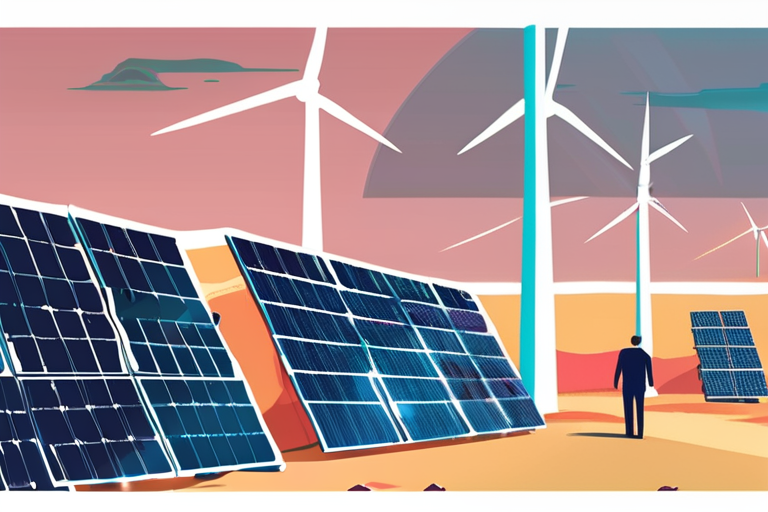
 Hoppi
Hoppi

 Hoppi
Hoppi

 Hoppi
Hoppi
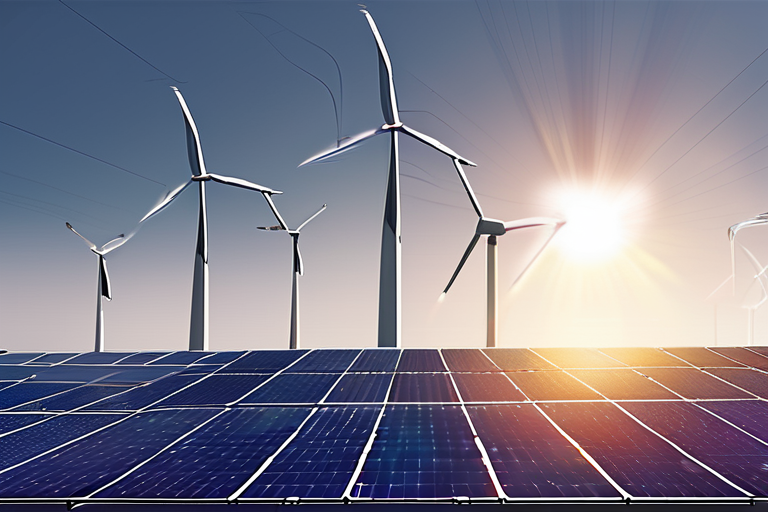
 Hoppi
Hoppi
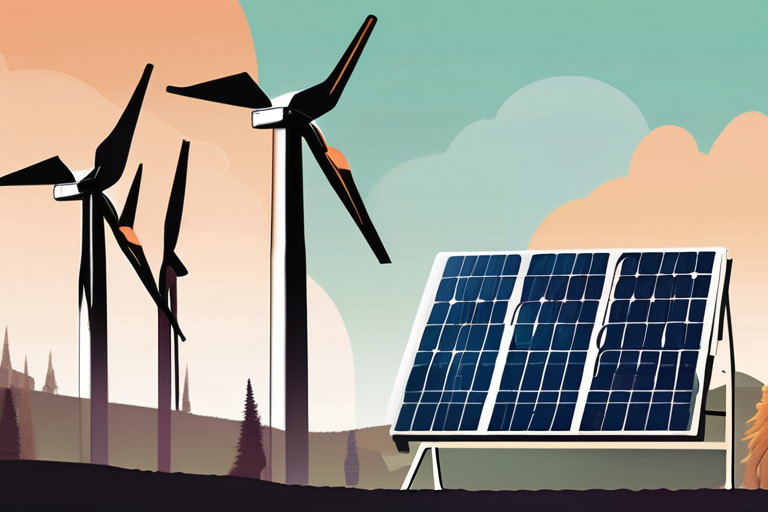
 Hoppi
Hoppi
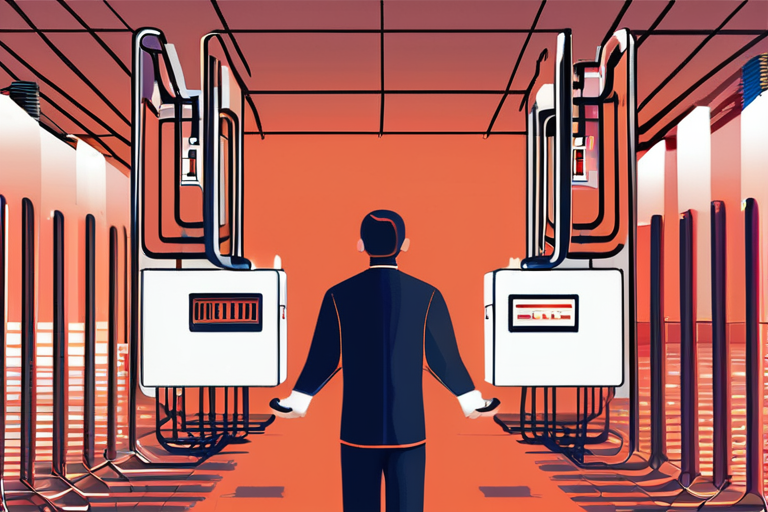
 Hoppi
Hoppi

Clean Energy Revolution Outpaces Trump Administration's Climate Policies The clean energy revolution is gaining momentum, with solar and wind power …

Hoppi

Rising Power Bills: An Alarming Trend with Far-Reaching Consequences As Americans opened their mailboxes this month, many were met with …

Hoppi

Rising Power Bills: A Growing Concern for Americans A recent surge in electricity prices has left many households reeling, with …

Hoppi

Solar Power Revolution: How Living Solar Panels Became the Most Desirable Energy Source By 2050, solar power had become the …

Hoppi

Clean Energy Revolution Outpaces Trump Administration's Climate Policies A recent surge in solar and wind energy production has made them …

Hoppi

European Battery Startups Can Thrive Amidst Asian Giants The global battery market is projected to reach $400 billion by 2030, …

Hoppi